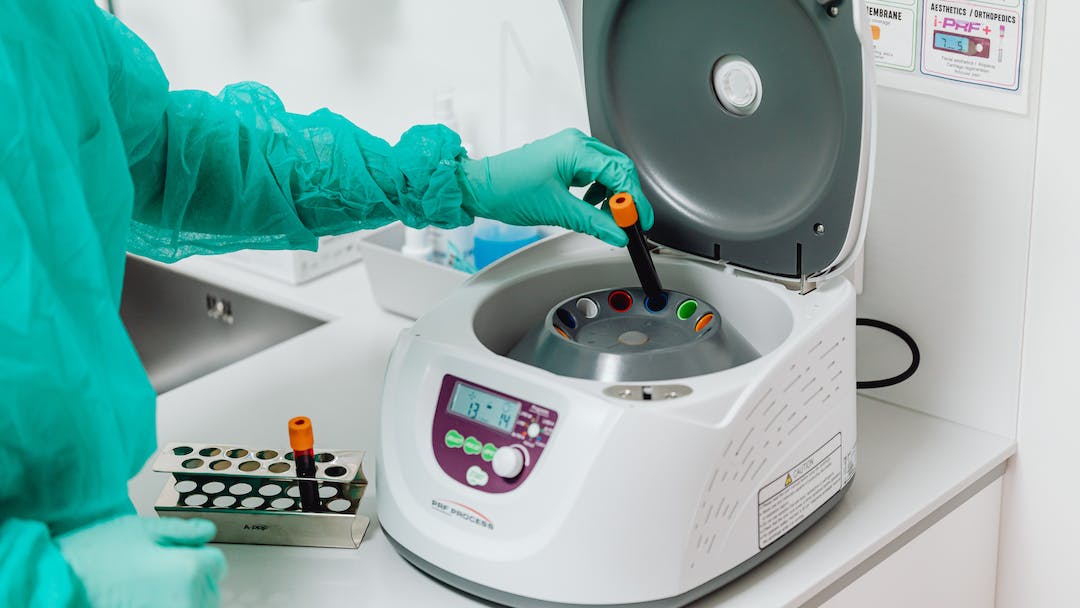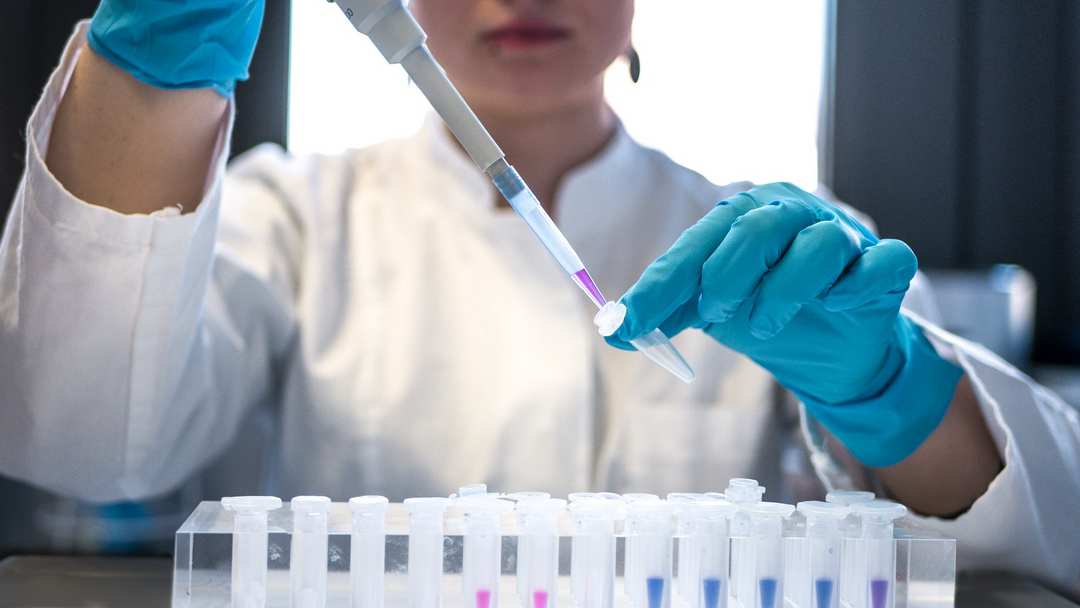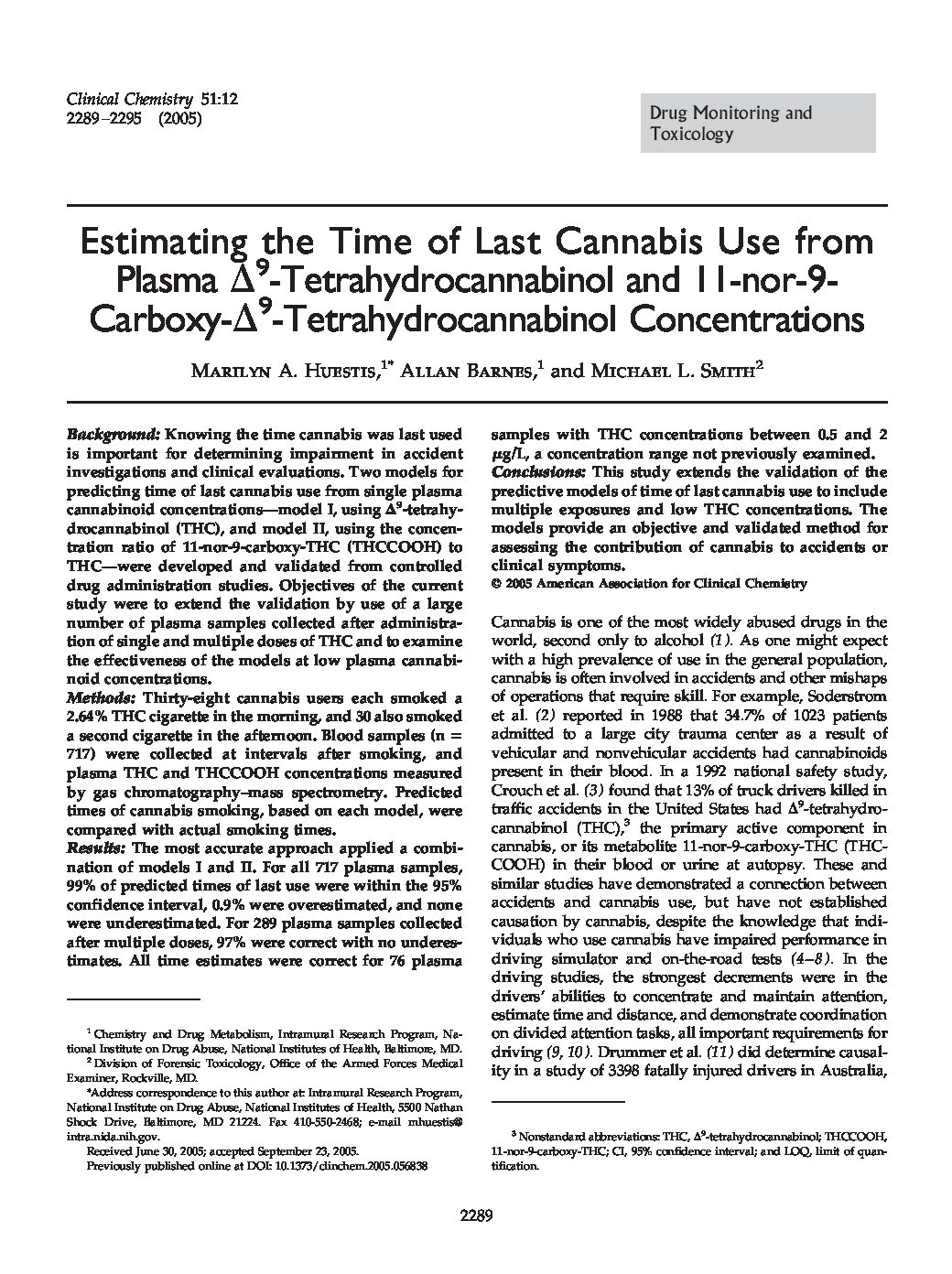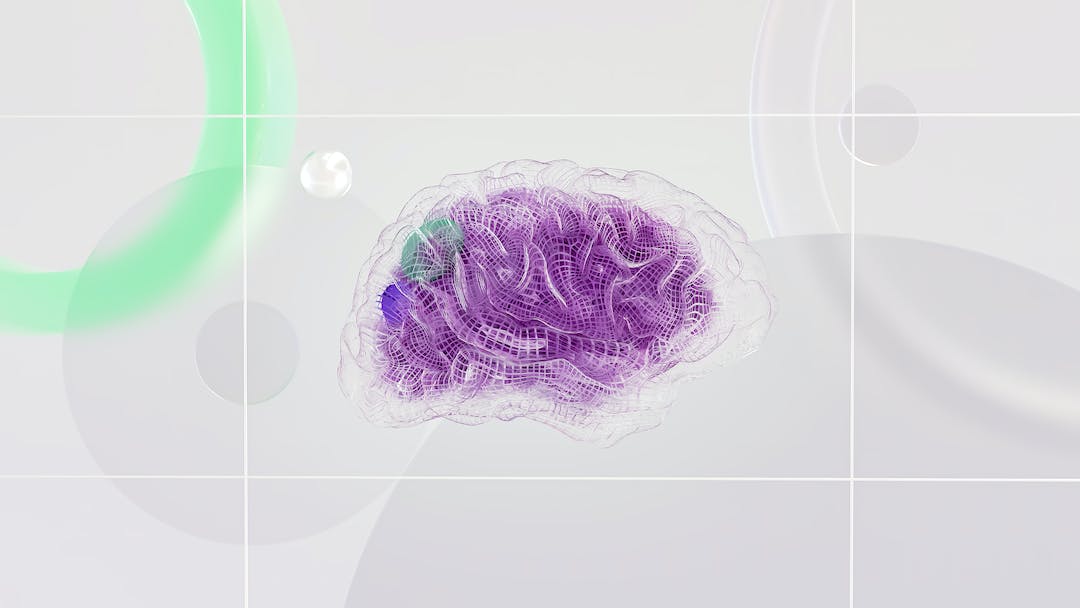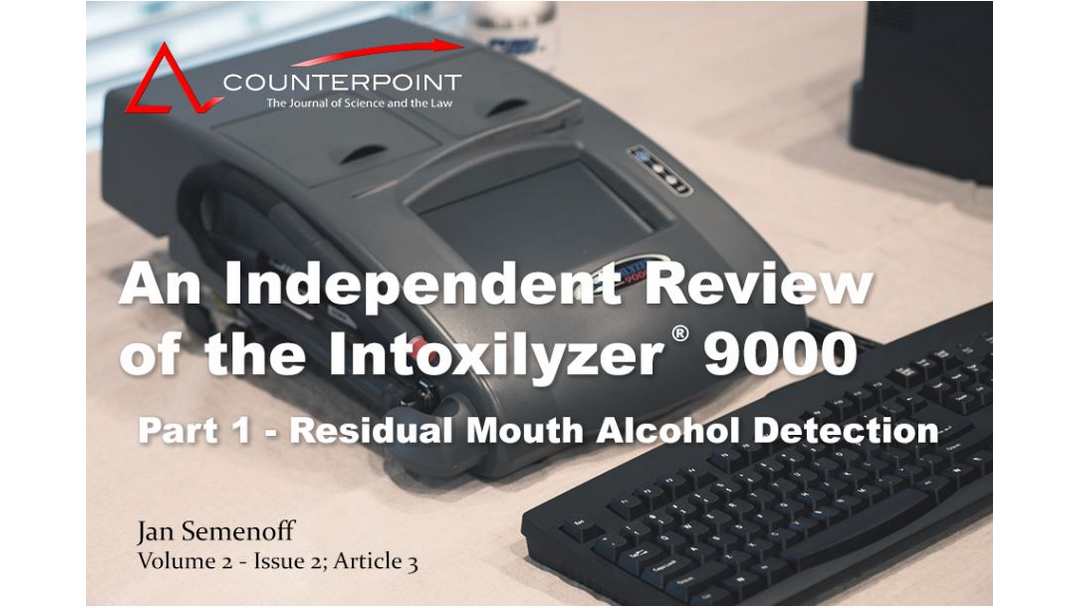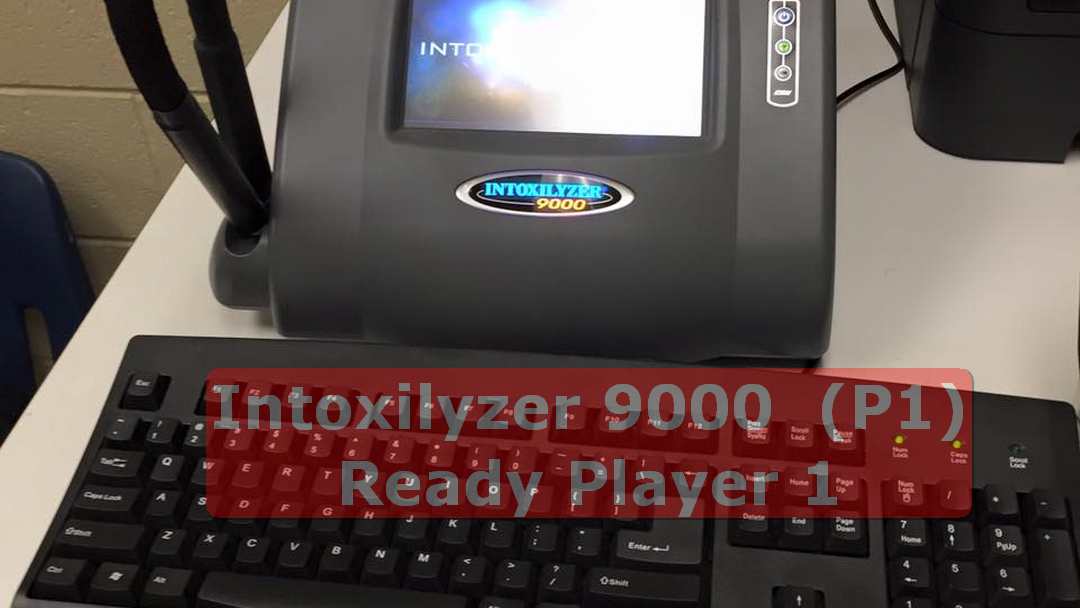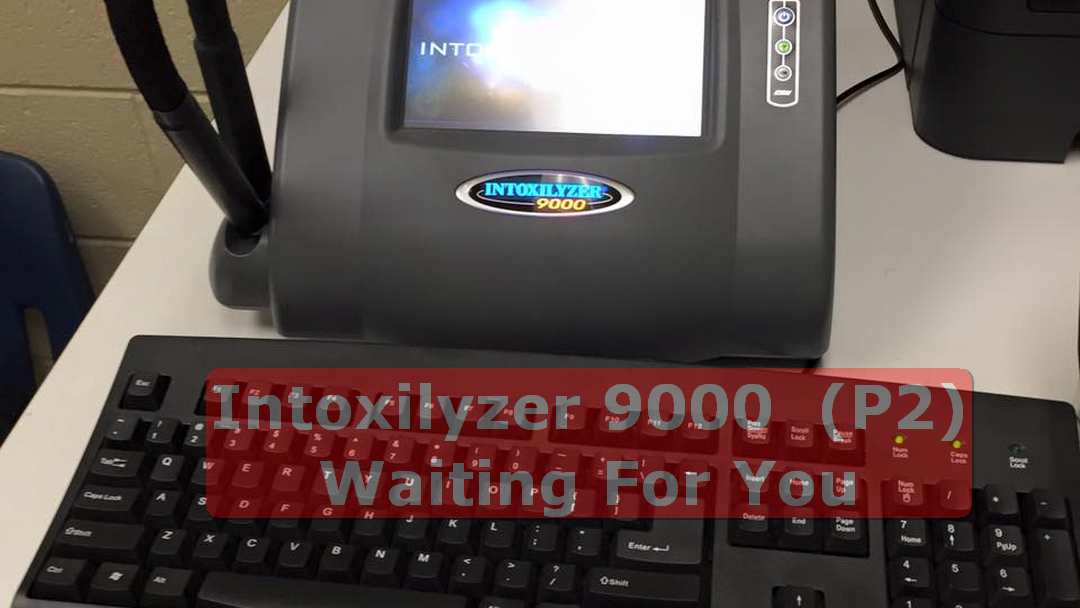
Dec 5, 2023 | Blog, Cannabis Science, Driving While High, Drugged Driving, Science
This randomized clinical trial investigates the accuracy of field sobriety tests administered by law enforcement officers to assess functional impairment and driving performance among individuals who have smoked cannabis.
Question
How accurate are field sobriety tests (FSTs) in identifying acute Δ9-tetrahydrocannabinol (THC) impairment?
Findings
In this randomized clinical trial of 184 cannabis users randomized to THC or placebo, law enforcement officers classified 81.0% and 49.2%, respectively, as FST impaired, and officers suspected that 99.2% of FST-impaired participants received THC. Driving simulator performance was associated with select FSTs.
Meaning
In this study, FSTs differentiated between THC- and placebo-exposed participants; however, the substantial overlap of FST impairment between groups and the high frequency at which FST impairment was suspected to be due to THC suggest that absent other indicators, FSTs alone may be insufficient to identify THC-specific driving impairment.
If you are interested in learning more detail about this evaluation go here to the National Center for Biotechnology Information.
Meanwhile… until they figure it out, if you get a DUI for being under the influence of cannabis, although legal, you will need an experienced attorney to fight for you in the court system. If you want to fight call our office. If you don’t, well then settle for what they dish out and accept that you can’t go back and change the outcome.
DISCLAIMER
This post may contain re-posted content, opinions, comments, ads, third party posts, outdated information, posts from disgruntled persons, posts from those with agendas and general internet BS. Therefore…Before you believe anything on the internet regarding anything – do your research on Official Government and State Sites, Call the Michigan State Police, Check the State Attorney General Website and Consult an Attorney – Use Your Brain.

Dec 1, 2023 | Blog, Science
Introduction
Such scalprecorded ERP differences are temporally associated with changes in synaptic and neuronal activity recorded directly from the hippocampus and other MTL structures (Smith et al. 1986;Heit et al. 1988), and are eliminated by lesions to the hippocampus in the language dominant hemisphere (Smith and Halgren 1989;Rugg et al. 1991). Such neurophysiological measures might therefore provide sensitive markers of changes in brain function and memory that accompany marijuana smoking. The present study tested the hypothesis that marijuana smoking would produce acute accuracy and reaction time deficits in WM and EM tasks, accompanied by changes in concomitant neurophysiological signals indicative of impaired memory and attention.
Subjects
Ten casual marijuana smokers 23-31 years old (mean=26.7, 5M, 5F) participated in the study. Casual smokers were defined as those who reported smoking marijuana between once a month and once a week over the last year.
Negative selection criteria included self report of daily cigarette smoking, consumption of more than ten alcoholic drinks per week, family history of drug dependence, and prior habitual use of any illicit drug other than marijuana.
Recording Days
On test days, subjects performed warm-up blocks of the tasks, and then consumed a sandwich and a non-caffeinated beverage for lunch. After an electrode cap was applied, subjects participated in five recording intervals: one pre-smoking baseline interval, and four intervals that took place 0:20, 1:20, 2:20, and 3:20 h:min after smoking.
It was postulated that the neurophysiological effects of marijuana smoking on WM and EM would follow the well-researched time course on physiological and behavioral measures, peaking in the first post-smoking recording interval and steadily dissipating over the next 3 h (Huestis et al. 1992;Joy et al. 1999).
Drug Administration
The active marijuana cigarettes contained 3.45±0.28% Δ 9 -THC and the placebo cigarettes contained 0.006 ±0.00% Δ 9 -THC, as assayed via gas-liquid chromatography by the Research Triangle Institute.
Following the pre-smoking baseline interval, subjects smoked one cigarette containing active marijuana or placebo, counterbalanced across recording days and subjects.
Holding the cigarette in their fingers, subjects took six puffs according to a paced, computerized procedure that was designed to be ecologically valid while standardizing smoking across subjects and sessions.
Tasks
Within an interval, both task blocks used the same 20-word WP list but different recognition lists: the same 20 old words appeared in both WR lists, but the 20 new words were different.
Subjects therefore had the opportunity to demonstrate learning by being tested twice on the same word list in each interval.
In this way, the battery was designed to test the effects of marijuana on encoding of episodic information (WP task), sustained attention and working memory over a period of approximately 5-10 s (WM task), retrieval of episodic information presented 5-10 min previously (WR task), and learning (comparison of recognition memory between the first and the second time through a study list).
Data Analysis
Because topographic differences due to marijuana effects were generally not observed, analyses of power spectra bands and ERPs were conducted at the electrode site with maximum amplitude across the group of subjects.
Background EEG power spectra were computed in the WP and WM tasks and the resting conditions by segmenting continuous data into 4-s epochs and computing fast Fourier transforms on 2 s windows with 50% overlap. In the WR task, 1-s windows with no overlap following the old or new response were used.
Performance
Following marijuana smoking, accuracy decreased in the high [F(1,9)=6.98, P<0.05], but not the low load version P>0.10. Reaction time (RT) in the WM task increased after smoking marijuana [F(1,9)=16.15, P<0.01], and this response slowing did not differ between the two load levels (P>0.10). Marijuana smoking did not affect accuracy or speed of classifying words as red or green during the encoding WP task (P>0.05 for all comparisons).
Erps
This slow wave was preceded by a centrally maximum “N400” negative potential peaking at approximately 350 ms that was more negative to new words than to old words [F(1,9) =50.41, P<0.001]. As was the case in the WM and WP tasks, marijuana smoking tended to attenuate ERP amplitudes in the WR task, an effect observed for the slow wave [F(4,36)=3.79, P<0.05], but not for N400.
Although this slow wave amplitude attenuation did not interact with the magnitude of the old/new word difference in the subject group as a whole, examination of individual subjects suggested that those who became most intoxicated evinced a marked reduction in the memory-evoked shift after smoking marijuana, as discussed below.
Discussion
Across all subjects, marijuana smoking had a number of global neurophysiological effects. ERP components thought to reflect stages of memory encoding, manipulation, and retrieval, such as the slow waves in the WP and WR tasks and the P300 in the WM task, decreased in amplitude after marijuana smoking.
Such decreases suggest that less transient attention was devoted to processing the colors, dots, and words during performance of the various tasks.
DISCLAIMER
This post may contain re-posted content, opinions, comments, ads, third party posts, outdated information, posts from disgruntled persons, posts from those with agendas and general internet BS. Therefore…Before you believe anything on the internet regarding anything – do your research on Official Government and State Sites, Call the Michigan State Police, Check the State Attorney General Website and Consult an Attorney – Use Your Brain.

Nov 6, 2023 | Academia, Blog, Driving, DUI, Science
THC Detection in Blood: Challenges and Implications
When it comes to enforcing drugged driving laws, police and employers face a unique challenge with marijuana. Unlike alcohol, which is metabolized and eliminated relatively quickly, THC, the psychoactive compound in marijuana, can remain detectable in the blood for several days or even weeks after use.
This is because THC is highly fat-soluble, meaning that it dissolves easily in fat cells. Once THC is absorbed into the bloodstream, it is distributed throughout the body, including the fat cells. When THC reaches the brain, it binds to cannabinoid receptors, producing the intoxicating effects associated with marijuana use.
As the intoxicating effects of THC wear off, it is released from the brain and redistributed to other tissues, including the fat cells. THC can be stored in fat cells for weeks or even months, and it is released slowly back into the bloodstream over time.
This means that a blood test for THC can detect past marijuana use, even if the individual is no longer under the influence. This poses a challenge for law enforcement and employers, who may want to use blood tests to identify drivers or employees who are currently impaired by marijuana.
Scientific Evidence
A number of studies have investigated the relationship between THC blood levels and impairment. One study found that THC blood levels above 5 ng/mL were associated with an increased risk of impaired driving performance. However, another study found that some individuals with THC blood levels below 5 ng/mL were still impaired, while others with THC blood levels above 5 ng/mL were not impaired.
These findings suggest that THC blood levels are not a reliable indicator of impairment. Other factors, such as individual metabolism, tolerance, and route of administration, can also play a role.
Implications
The limitations of THC blood tests for detecting impairment have important implications for law enforcement and employers. Law enforcement officers should not rely solely on blood tests to determine whether a driver is impaired by marijuana. They should also consider other factors, such as the driver’s behavior and performance on field sobriety tests.
Employers who use blood tests to screen employees for marijuana use should be aware that a positive test result does not necessarily mean that the employee is impaired at work. Employers should have a clear policy in place for responding to positive drug tests, and they should take into account all relevant factors, such as the employee’s job duties and performance.
Conclusion
THC detection in blood is a complex issue with important implications for law enforcement and employers. It is important to understand the limitations of THC blood tests and to use them in conjunction with other information to assess impairment.
Implications
The limitations of THC blood tests for detecting impairment have important implications for law enforcement and employers. Law enforcement officers should not rely solely on blood tests to determine whether a driver is impaired by marijuana. They should also consider other factors, such as the driver’s behavior and performance on field sobriety tests.
Employers who use blood tests to screen employees for marijuana use should be aware that a positive test result does not necessarily mean that the employee is impaired at work. Employers should have a clear policy in place for responding to positive drug tests, and they should take into account all relevant factors, such as the employee’s job duties and performance.
Conclusion
THC detection in blood is a complex issue with important implications for law enforcement and employers. It is important to understand the limitations of THC blood tests and to use them in conjunction with other information to assess impairment.
Conclusion
THC detection in blood is a complex issue with important implications for law enforcement and employers. It is important to understand the limitations of THC blood tests and to use them in conjunction with other information to assess impairment.
Michigan State Police Legal Updates
MSP Legal Update No. 153 (01/2023)
- Search & Seizure: The smell of marihuana, standing alone, no longer constitutes probable cause to search for that substance
- Vehicle Code: Violation for impeding traffic requires evidence the accused’s conduct actually affected the normal flow of traffic.
Legal Update No. 153 (01/2023)
MSP Legal Update No. 150 (01/2022)
- Vehicle Code: Persons under the age of 21 may be prosecuted for operating a motor vehicle with the presence of marihuana in their system
- Criminal Law: Ethnic intimidation based on gender includes harassing or intimidating another person because of the actual or perceived gender of that person.
Legal Update No. 150 (01/2022)
Legal Update No. 148 (09/2021)
Statutes: Code of Criminal Procedure amended to prohibit issuance of appearance tickets to a person arrested for an “operating while intoxicated” offense; Juvenile Law: Individuals who are 17 years of age to be treated as juveniles in criminal proceedings rather than automatically being treated as adults; Did You Know: The mere presence of an unidentified cocaine metabolite is insufficient to prove operation of a vehicle with the presence of “any amount” of cocaine in the body.
Legal Update No. 148 (09/2021)
Legal Update No. 147 (03/2021)
Statutes: The Code of Criminal Procedure amended to require persons arrested for certain misdemeanor and ordinance violations not exceeding 1-year in jail to be released from custody upon issuance and service of an appearance ticket; Vehicle Code: The Michigan Vehicle Code amended to eliminate the requirement to provide an audible signal when overtaking another vehicle.
Legal Update No. 147 (03/2021)

Apr 30, 2022 | Academia, Blog
Validation of a two-dimensional gas chromatography mass spectrometry method for the simultaneous quantification of cannabidiol, Δ9-tetrahydrocannabinol (THC), 11-hydroxy-THC, and 11-nor-9-carboxy-THC in plasma
Summary of this paper
Our Machine-Learning algorithms scan the text for the most important phrases or passages. These highlights, alongside their respective section titles, are shown below.
Introduction
Cannabis sativa contains over sixty cannabinoids, including cannabidiol (CBD) and Δ 9tetrahydrocannabinol (THC). Although THC is the principal euphoric chemical in cannabis, its therapeutic properties include analgesia, muscle relaxation, anti-emesis, and appetite stimulation. CBD, a non-psychoactive cannabinoid, is an analgesic, anti-convulsant, anxiolytic, anti-oxidant, anti-psychotic, and muscle relaxant [1].
Go To Passage
Calibrators, Quality Control Samples And Internal Standards
Individual stock solutions (1 mg/mL) were diluted in methanol and combined to prepare an intermediate calibration standard (10 μg/mL) containing CBD, THC, 11-OH-THC and THCCOOH. Methanolic working calibrator solutions at 10, 100 and 1000 ng/mL were prepared by dilution of the 10 μg/mL intermediate cannabinoid standard. Daily calibration curves were prepared by fortifying 1.0 mL blank plasma with appropriate amounts of working calibrator solution.
Go To Passage
Two-Dimensional Gas Chromatography Mass Spectrometry
Derivatized extracts (4 μL) were injected in splitless injection mode. Analyte retention times on the primary column were determined by injecting a neat derivatized high concentration cannabinoid standard containing CBD, THC, 11-OH-THC and THCCOOH with column effluent directed to a flame ionization detector (FID). Heart cuts (0.4-0.6 min) containing each analyte peak were made, diverting flow to the secondary column.
Go To Passage
Data Analysis
Data were analyzed with Agilent Chemstation software version D.01.00. Analytes were identified by comparing retention times (± 0.15 minutes) and qualifier ion ratios (± 20%) to average calibrator values obtained in the same run. Quantification was determined by the ratio of target analyte peak area to corresponding internal standard peak area.
Go To Passage
Method Validation
Extraction efficiency for each analyte was assessed in fortified blank plasma (n = 4) at each QC concentration (0.35, 7.5, 20, and 75 ng/mL). Extraction efficiency was calculated by comparing mean target ion peak areas in samples fortified prior to extraction with samples fortified after extraction, but before evaporation.
Go To Passage
Method Development
Although CBD and THC elute from the secondary column less than one minute apart, a single MS acquisition window was created for CBD and THC ions to manage potential retention time shifts. Also, a new oven temperature ramp was developed for extended retention of analytes on the secondary column to minimize retention time drift (Table 1). Complex oven temperature parameters were required for CBD and THC resolution.
Go To Passage
Method Validation
Imprecision and bias were determined at 0.35, 7.5, 20 ng/mL for all analytes and additionally at 75 ng/mL for THC, 11-OH-THC and THCCOOH. Inter-and intra-assay imprecision (%CV) were <7.8 and <6.4% for all analytes, respectively ( Table 3). The method was highly reproducible and QC samples quantified within ± 9.2% of target.
Go To Passage
Proof Of Method
This validated analytical method was applied to a plasma specimen from a participant enrolled in a controlled CBD and THC administration protocol. The plasma specimen contained 1.1 ng/mL CBD, 3.4 ng/mL THC, 3.6 ng/mL 11-OH-THC and 49.4 ng/mL THCCOOH. Extracted ion chromatograms are shown in Figure 1.
Go To Passage
Discussion
This complex instrumental method should be applicable to multiple biological matrices, following matrix validation, and should be highly useful for clinical research, forensic toxicology, workplace drug testing, and DUID programs. Extracted ion chromatograms from a) blank extracted plasma, b) blank plasma fortified with analytes at the limits of quantification-0.25 ng/mL cannabidiol (CBD), Δ 9tetrahydrocannabinol (THC), 11-nor-9-carboxy-THC (THCCOOH) and 0.125 ng/mL 11hydroxy-THC (11-OH-THC), and c) extracted participant specimen from Sativex ® administration a . Arrows indicate retention times of analytes.
Go To Passage
Analyte Target (Ng/Ml)
Intra-assay Imprecision (%CV; n = 5) Bias (% target; n =20) Table 4 Analyte stability (n = 3) & mean extraction efficiencies (n = 4) for cannabidiol (CBD), Δ 9 -tetrahydrocannabinol (THC), 11-hydroxy-THC (11-OH-THC) and 11-nor-9-carboxy-THC (THCCOOH) in plasma.
Go To Passage

Apr 28, 2022 | Academia, Blog
Summary of this paper
Our Machine-Learning algorithms scan the text for the most important phrases or passages. These highlights, alongside their respective section titles, are shown below.
Section 1
A sensitive and specific breathalyzer for D9-tetrahydrocannabinol (THC) is being developed to determine recent cannabis intake.
Cannabinoid Markers
Anti-doping: drug testing in sports to deter athletes from ingesting prohibited drugs to achieve an unfair advantage in competition. Cannabinoids: a class of closely related compounds of the cannabis plant including D9tetrahydrocannabinol (THC, the primary psychoactive chemical in cannabis), more than 100 other structurally related chemicals in the plant, and the endocannabinoid neurotransmitters produced by the human body and many other living organisms, as well as synthetic cannabinoids produced by clandestine chemists, all of which interact with cannabinoid receptors. Cannabinoid disposition: the movement of cannabinoids from the blood into tissues, urine, feces, and bile, as well as into alternative matrices such as oral fluid, sweat and hair.
Urine Markers
When studying THCCOOH urinary excretion in frequent cannabis users, our laboratory group observed positive urine tests for weeks after last use, making it difficult to determine if individuals were abstaining or relapsing in drug treatment [35]. Studying cannabinoid distribution in frequent cannabis users is difficult because ethical and safety concerns prohibit administering the expected amount and frequency of cannabis taken by this population. Nevertheless, this has led to several studies where every urine sample can be analyzed for THCCOOH and creatinine during sustained abstinence to determine THCCOOH pharmacokinetics in frequent users [36].
Hair Markers
In addition, contamination of hair with THC but not THCCOOH by side-stream smoke was reported [52]. Recently, one study reported that THC, THCCOOH, and the THC precursor, D9-tetrahydrocannabinolic acid A, could all be present in hair samples from non-consuming individuals owing to transfer of cannabinoids from cannabis consumers via their hands, sebum/sweat, or cannabis smoke (e. g., exhaled) [53]. Given the poor incorporation of THC in hair and the possibility of contamination from environmental smoke, THCCOOH is considered to be the best hair marker for identifying cannabis use.
Sweat Markers
In one study, THC was quantified in sweat patches from frequent users during sustained abstinence. In many frequent cannabis users only the patch applied during the week abstinence had initiated was positive for THC, and in other patches that were applied the second, third, and fourth weeks of abstinence patch cannabinoids documented extended excretion of THC. However, no THC was found in test patches following oral ingestion of up to 14.8 mg of THC [54].
Breath Markers
THC was removed selectively from the filter and quantified by LC-MS/MS; breath samples from 18 chronic and 11 occasional cannabis users were examined following smoking of a 6.5% THC cigarette [56]. THC 50 pg/filter was detected up to 4 h after cannabis smoking in frequent cannabis users and for a shorter time in occasional users. Thus, while breath is a good matrix for identifying recent cannabis use, no THCCOOH has been identified in breath [56].
Synthetic Cannabinoid Markers
LC-MS/MS screening for new synthetic cannabinoids in a targeted method is a good approach and an achievable one based on the available instrumentation and personnel resources to identify NPS markers, but this approach is also limited by the time that is necessary to keep analytical methods current with newly marketed synthetic cannabinoid compounds, and by the constant need for new reference standards that may not yet be available [63,64]. Unfortunately, this is almost an impossible task. A different approach utilizes HR-MS and a consistent acquisition program to facilitate the addition of newly introduced NPS [9].
Challenges In Interpreting Cannabinoid Use Findings
Other challenges for interpreting cannabinoid results comprise the windows of cannabinoid detection that vary by the biological matrix tested and the analyte(s) selected for monitoring. In this manuscript we have discussed the importance of recent use markers to identify the timeframe of cannabinoid intake, especially in chronic frequent cannabis users. Blood is considered to be the biological matrix that best reflects ongoing pharmacological effects, but blood cannabinoid concentrations decrease rapidly.
Concluding Remarks
Data on drug delivery through these new methods does not yet exist, making it impossible to know what new markers might be available and how to interpret their concentrations and toxicity. The need for behavioral and biological cannabinoid markers is expanding with cannabis medicalization and legalization. Therapeutic drug monitoring of effective cannabinoid pharmacotherapies will be required in the future when new cannabinoids are proven safe and efficacious.
Outstanding Questions
What are the major factors differentiating cannabinoid pharmacokinetics in frequent and occasional cannabis users?
Komorn Law Social Media
Recent Posts
Tag Cloud
2021
BMMR
cannabis
CBD
corruption. prosecutors
dispensary
Driving
DUI
forfeiture
gun rights
hemp
komornlaw
lara
law enforcement abuse
laws
Legalization
marijuana
Medical Marijuana
Michigan
michigan laws
michigan news
MMFLA
MRA
news
police
politics
science
usa news
us supreme court
Your Rights
DISCLAIMER
This post may contain re-posted content, opinions, comments, ads, third party posts, outdated information, posts from disgruntled persons, posts from those with agendas and general internet BS. Therefore…Before you believe anything on the internet regarding anything – do your research on Official Government and State Sites, Call the Michigan State Police, Check the State Attorney General Website and Consult an Attorney – Use Your Brain.


